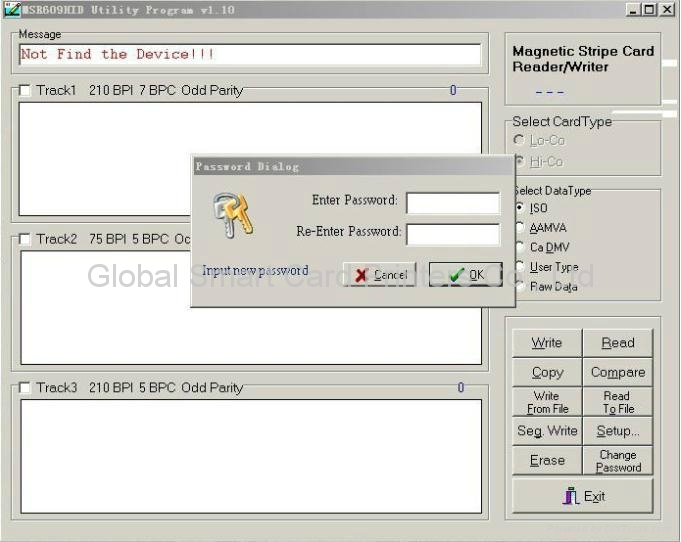

Credit and banking cards, School IDs, Grocery cards, Gift cards, and more are supported.

Magnetic stripe standards are mandatory in all financial systems, however, few standards exists for most other applications.If you are interested in hacking a cancelled old credit/debit card (or any other magstripe card) to capture, modify or analyze the raw data try out Stripe Snoop. Standards have been adopted for data densities, encoding methods, data content, recording qualities, and data formats. The best known applications for magnetic stripe are credit cards, time and attendance, personnel identification, and banking cards. Most card systems support both types of media, but high-coercivity is generally recommended especially for creating ID badges. In other words, a card encoded with high-coercivity has a less of a chance of accidentally being erased with, for example, a magnetized screw driver or magnetic clasp than a low-coercivity encoded card. In regards to magnetic stripe technology, coercivity is the opposing magnetic intensity that must be applied to a material to remove the residual magnetism when it has been magnetized to saturation. There are two types of magnetic encoding schemes: low-coercivity and high-coercivity. All contemporary magnetic read heads include integrated F/2F little bit healing. The read heads include signal amplifiers and also line vehicle drivers. The magnetic card reader is a microcontroller-based device. ID badges, on the other hand, use Track 2. The magnetic card reader utilizes a certain component to review information from a magnetic card, which is described as the read head. In addition, the card holder number and expiration date are usually encoded. Regulations required the customer's name to be encoded on the magnetic stripe along with the account number. Track 2 contains 40 numeric characters, and track 3 contains 105 numeric characters. Track 1 contains up to 79 alphanumeric characters while Track 2 and 3 contain only numeric characters.

Each track has a different encoded format. The magnetic stripe found on the back of credit cards and ID badges have a possibility of up to three "tracks" of data - Track 1, Track 2, and Tack 3. A magnetic stripe reader decodes the magnetic information on the card and translates it into ASCII characters. Magnetic stripe technology records magnetic data that is generally encoded on the front or back of a paper or plastic card similar to that of an audio or videotape.


 0 kommentar(er)
0 kommentar(er)
